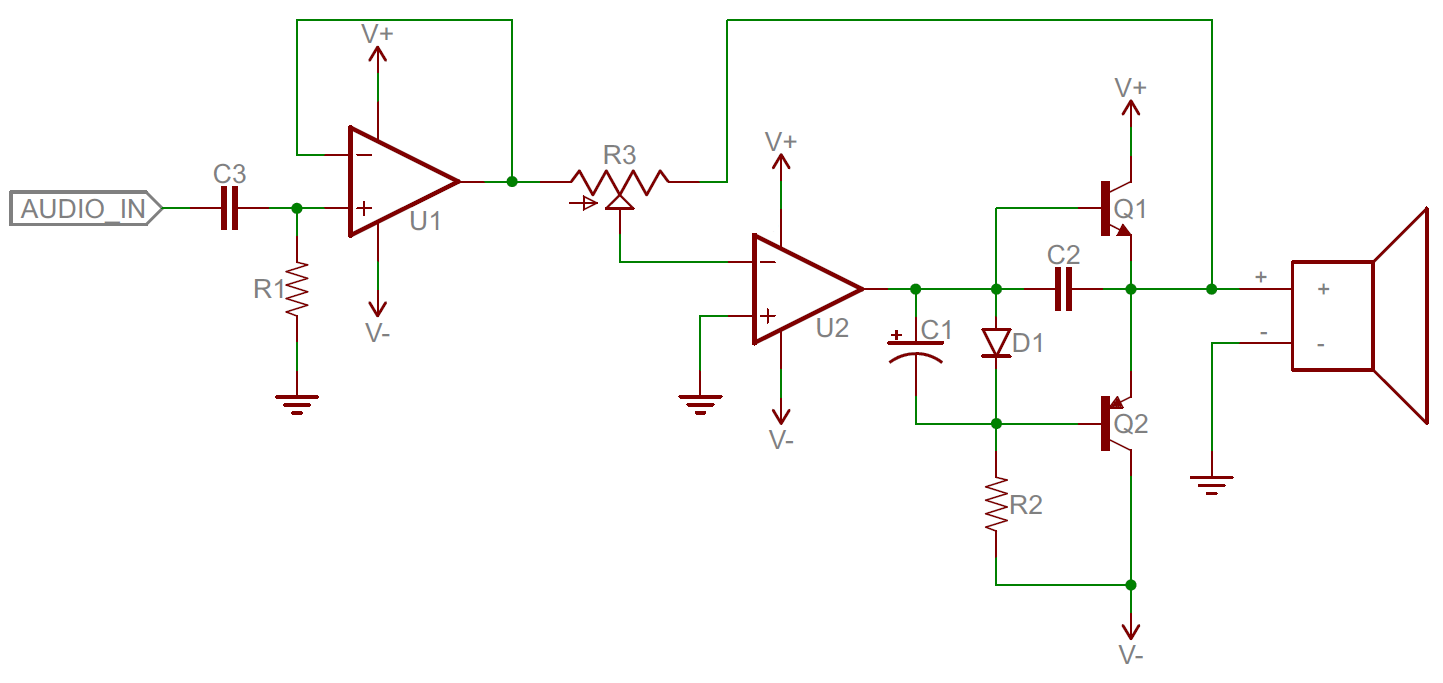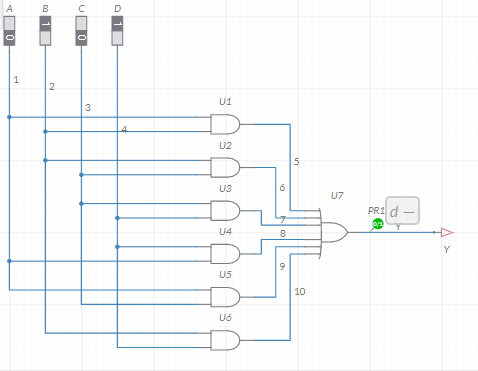By processing signals through analog or digital circuits, useful information for industry, agriculture, and information exchange can be extracted and transformed to effectively serve humanity.
Analog and digital circuits are often used together in electronic systems. For example, analog-to-digital converters (ADCs) are used to convert analog signals, such as voice or music, into digital signals that can be processed by digital circuits, such as computers or smartphones. Conversely, digital-to-analog converters (DACs) are used to convert digital signals back into analog signals for output to speakers or other analog devices.
1. Analog Circuits
Analog circuits are circuits used to process analog signals. A system composed of analog circuits is called an analog system or an analog circuit system.
The electronic circuits that transmit and process analog signals are called analog circuits, which include a series of processes such as signal amplification, attenuation, filtering, transformation, power supply, and transmission.
The topics of signal amplification, attenuation, and filtering are introduced in analog electronic circuits. As shown in following Figure …

A pre-amplifier, also known as a preamp, is an electronic amplifier that processes low-level signals from audio or other electronic devices and increases their strength to a level that can be processed by a power amplifier. The preamp prepares the signal for further amplification by removing noise and distortion and boosting the signal level.
A power amplifier, on the other hand, is an electronic amplifier that amplifies the signal from the preamp to a level that can drive speakers or other output devices. Power amplifiers are designed to provide high current and voltage output to drive loudspeakers or other transducers with sufficient power to produce sound or other types of output.
Together, preamp and power amplifier form the basic structure of a typical audio amplifier. The preamp boosts the signal from the input device and provides tone control and other adjustments, while the power amplifier provides sufficient current and voltage to drive the speakers or other output devices to produce sound.
2.Digital Circuits
The electronic circuits that transmit and process digital signals are called digital circuits. These circuits include a series of processes such as signal encoding, decoding, storage, filtering, computation, and transmission. A system composed of digital circuits is called a digital system. The 4-input voting gate shown in Following Figure is a typical digital circuit.

Voting gate is an electronic circuit that takes multiple input signals and produces a single output signal based on a specified logic or voting mechanism. The output signal is usually a logical combination of the input signals, such as a logical AND, OR, or XOR operation, or a majority voting mechanism. Voting gates are widely used in digital systems and circuits for various purposes, such as data selection, signal conditioning, and error correction.
3. A/D and D/A Conversion
Due to the fact that many systems need to process both digital and analog signals, A/D and D/A conversion play important roles in the processing of these signals. A/D and D/A conversion act as a bridge between analog and digital signals.
- A/D conversion converts analog signals into digital signals,
- D/A conversion converts digital signals back into analog signals.
These conversions are important in digital signal processing, communication systems, control systems, and other applications where analog signals need to be processed or transmitted digitally.
Both A/D and D/A conversion are widely used in digital signal processing, data acquisition, communication systems, audio systems, and many other applications. A/D and D/A converters are available in various types and configurations, including successive approximation, delta-sigma, flash, and pipeline converters.
